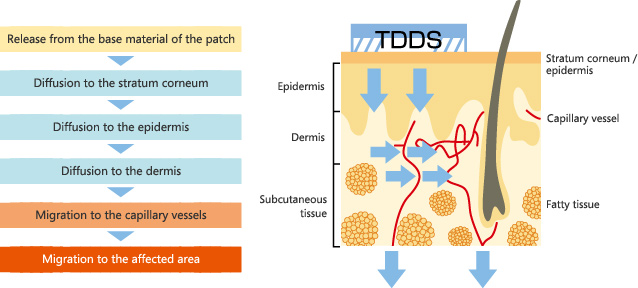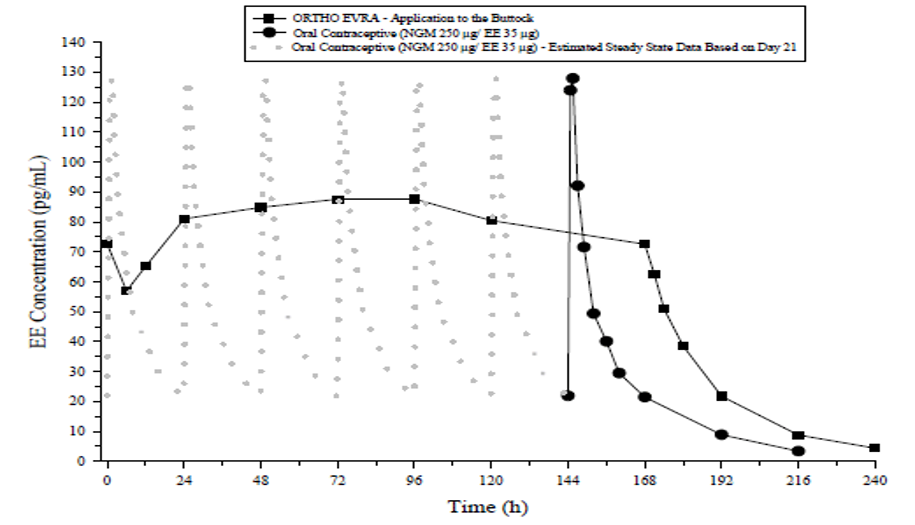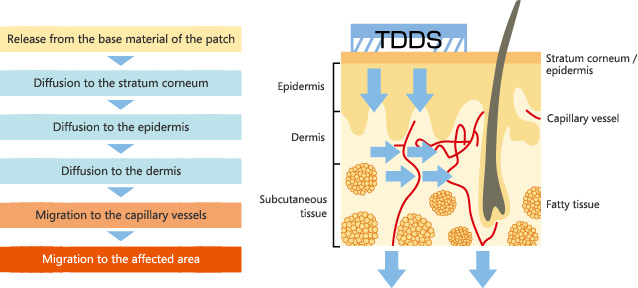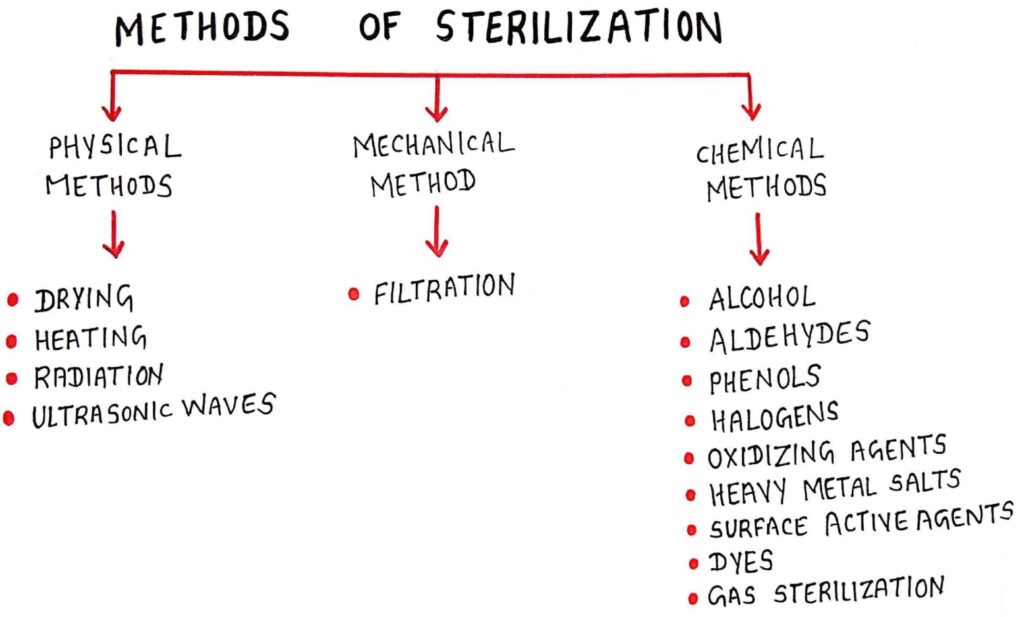WHAT IS TDDS?
- Transdermal drug delivery system is defined as self-containing, discrete dosage forms which when applied to the intact skin, deliver the drugs through the skin at a controlled rate to the systemic circulation.
- Transdermal delivery represents an attractive alternative to oral delivery of drugs and is poised to provide an alternative to hypodermic injection too.
- Today about 74% of drugs are taken orally and are found not to be as effective as desired.
- Drug delivery through the skin (for systemic effect) is commonly known as TDD and differs from traditional topical drug delivery.
- also known popularly as patches.
Transdermal patches: are dosage forms designed to deliver a therapeutically effective amount of drug from the outside of the skin through its layers into the blood stream.
Mechanism for TDDS:
Once a TDDS product is applied, the active pharmaceutical ingredients permeate the skin. They then pass through the stratum corneum, go into the epidermis, penetrate the dermis, and finally are absorbed into peripheral capillary vessels to be distributed into the rest of the body.

Advantages:
- avoids the stomach environment.
- no GI distress or other physiological contraindications of the oral route exist.
- easy to use, patches can compliance & medical costs.
- avoids the first pass effect.
- If a transdermal delivery system is used in place of a needle, then medical waste can also be, again, healthcare costs.
- allows for the effective use of drugs with short biological half-lives.
- allows for the administration of drugs with narrow therapeutic windows.
- provides steady plasma levels of highly potent drugs.
- TDDS, especially simple patches, are easy to use and noninvasive and patients like noninvasive therapies.

Disadvantages:
- drugs that require high blood levels cannot be administered.
- The adhesive used may not adhere well to all types of skin.
- drug or drug formulation may cause skin irritation or sensitization.
- the patches can be uncomfortable to wear.
- and this system may not be economical for some patients.
Adverse events:
- FDA (2005) announced that fentanyl td patches cause narcotic overdose and deaths
- Cause: manufacturing defect that allowed the gel containing the medication to leak out of its pouch too quickly, which could result in overdose and death.
- Improvement: use a matrix/adhesive suspension (where the medication is blended with the adhesive instead of held in a separate pouch with a porous membrane)




